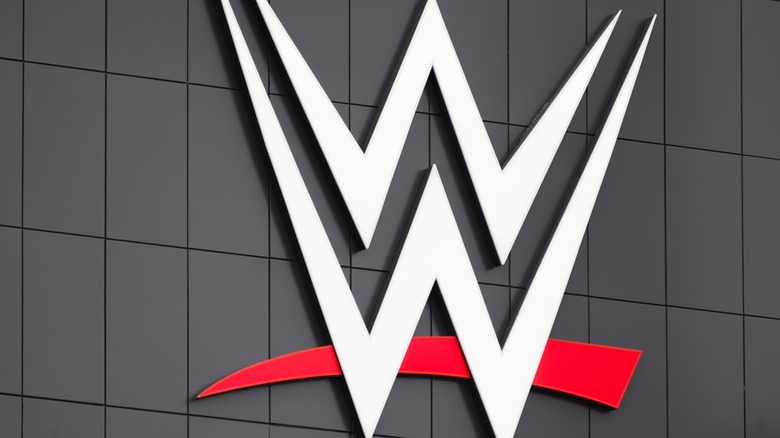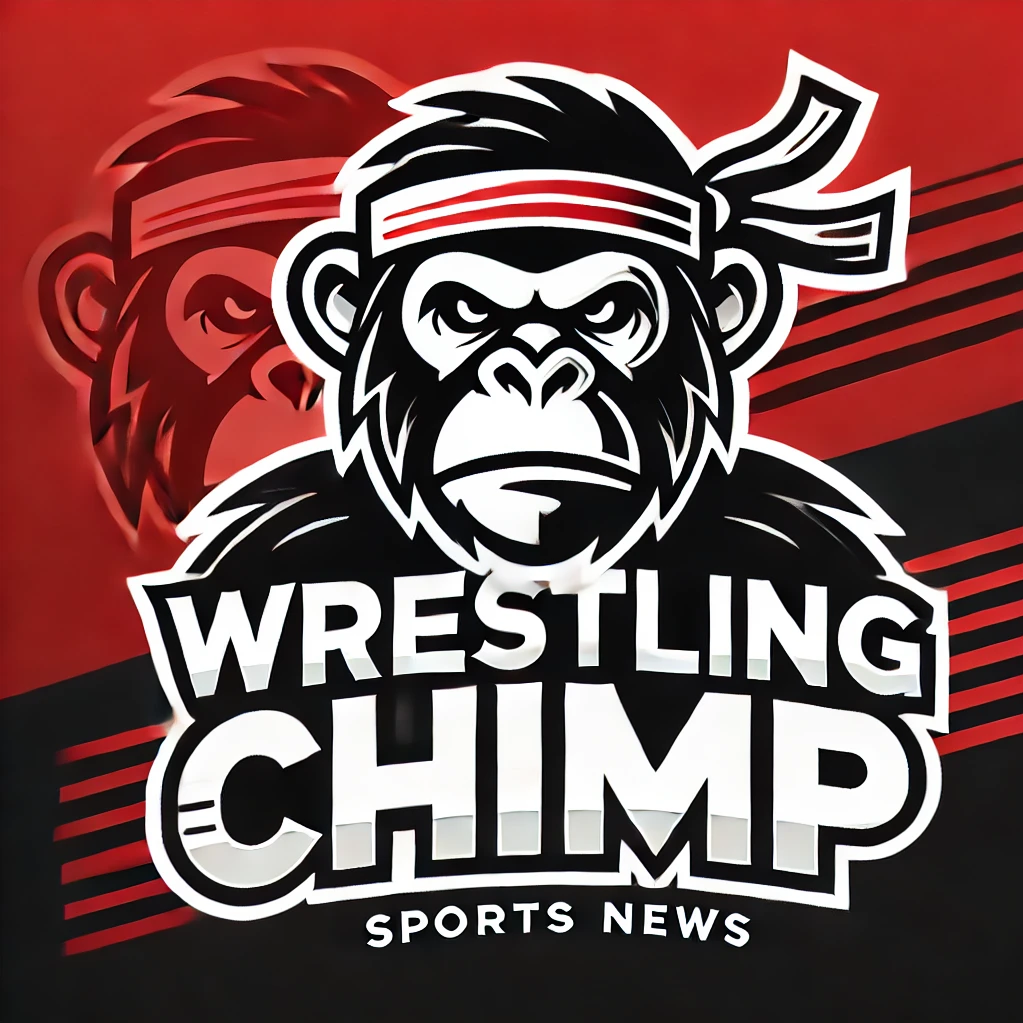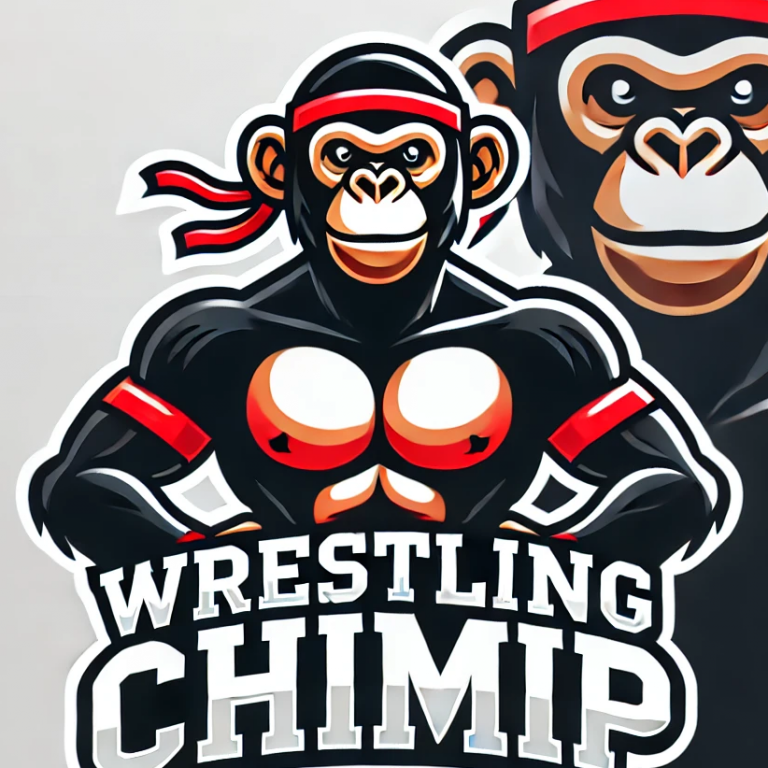By Tony Ramos, Chief Editor | WrestlingChimp.com

When the bell rings and the titantron explodes with pyrotechnics, what fans see is the glitz and glory of pro wrestling. But behind the curtain, WWE is a business beast—a highly engineered profit machine that’s outlasted competitors, adapted to every media shift, and positioned itself as a top-tier asset in the global entertainment market.
As WWE merges deeper with UFC under Endeavor’s banner, the wrestling industry is entering uncharted territory. Let’s break down how Vince McMahon turned wrestling into a billion-dollar empire—and how the next chapter could be even bigger.
The McMahon Blueprint: From Territory to Titan
WWE’s origin story begins with Vince McMahon Jr., who in the early 1980s made a move that would forever change the business. He took a major risk—buying the then-World Wrestling Federation (WWF) from his father, Vince Sr., and going national at a time when the industry was fractured into regional “territories.”
The gamble paid off. Vince used TV syndication, Hulk Hogan, and a little rock ‘n’ wrestling magic to break through the mainstream, creating WrestleMania—the Super Bowl of sports entertainment.
But McMahon wasn’t just a promoter. He was a strategist. By the 1990s, WWE began acquiring competitors, owning their video libraries, and signing the hottest talent to exclusive deals. Through vertical integration, WWE kept control over production, licensing, merchandising, and global distribution.
This wasn’t wrestling. This was intellectual property management on steroids.
The Real Power Move: WWE + UFC = TKO Group Holdings
Fast forward to 2023, and WWE made the biggest business move in its history.
Endeavor, the parent company of UFC, acquired a majority stake in WWE and merged both companies into TKO Group Holdings, which began trading on the NYSE under the symbol “TKO.” This $21+ billion merger isn’t just about combat sports—it’s about controlling culture.
- WWE’s media rights: Already pulling in $2B+ from NBCUniversal and Fox.
- UFC’s PPV model: Streaming via ESPN+ with premium pricing.
- Global footprint: WWE dominates India, Saudi Arabia, and the UK; UFC leads in Latin America and Asia.
- Live events: From WrestleMania to UFC 300, both brands thrive on live-gate success.
TKO is now in a unique position: it owns the scripted drama of WWE and the unscripted ferocity of UFC. It can cross-promote, upsell sponsorships, and present a unified product portfolio to broadcasters and advertisers. Think Disney with fight gloves.
The Triple H Era: Creative Meets Corporate
With Vince McMahon stepping back (again), Paul “Triple H” Levesque has emerged as the creative heartbeat of WWE. Under his leadership, fan engagement has surged. Storytelling has matured, character work is stronger, and fan goodwill is at a 10-year high.
But Triple H is also business-savvy. He understands the modern landscape:
- NIL deals are flooding the Performance Center with college athletes before they ever step into another sport.
- WWE is using real-time fan data to optimize segments and predict crowd reactions.
- New digital ventures are being explored—AI-generated scripts, NFTs, and interactive metaverse shows.
This isn’t just wrestling—it’s wrestling as a tech platform.
WWE in the Stock Market: TKO’s Financial Muscle
WWE stockholders were rewarded handsomely when shares surged ahead of the TKO merger. The company transitioned from a family-run business to a corporate titan. Now part of a larger public entity, TKO is subject to Wall Street’s demands.
Key investors are watching:
- Will WWE secure a new mega-deal for Monday Night Raw in 2025?
- Will international expansion—particularly in India and the Middle East—hit projected margins?
- Can the company avoid the pitfalls of oversaturation in content?
TKO’s quarterly earnings now reflect the balance between UFC’s realism and WWE’s spectacle. Both must fire on all cylinders.
WWE’s Global Expansion: Aiming Beyond the U.S.
While the U.S. remains the home base, WWE is eyeing global dominance:
- India: The biggest untapped fanbase. WWE has already run Superstars Spectacle and signed Indian wrestlers like Veer and Sanga to plant seeds.
- Saudi Arabia: WWE’s 10-year deal with the Saudi General Sports Authority is worth over $1 billion. Crown Jewel and Night of Champions are only the beginning.
- Europe: WWE’s upcoming Bash in Berlin in 2025 and potential return to the UK for Clash at the Castle sequel will likely smash live event records again.
- Latin America: WWE is building Spanish-language media and outreach through partnerships with networks and streaming platforms.
Final Bell: What’s the Endgame?
WWE has evolved from a traveling circus to a Wall Street power player. With its merger into TKO, it’s no longer just about match results or title belts—it’s about quarterly growth, market share, and media innovation.
Under Vince, WWE changed the business. Under Triple H and Endeavor, WWE might change the very definition of what a “wrestling company” is.
At WrestlingChimp.com, we’re not just watching the matches—we’re tracking the money, the moves, and the moguls behind them. Because in the squared circle of global business, WWE is looking to main event the world.






🙏